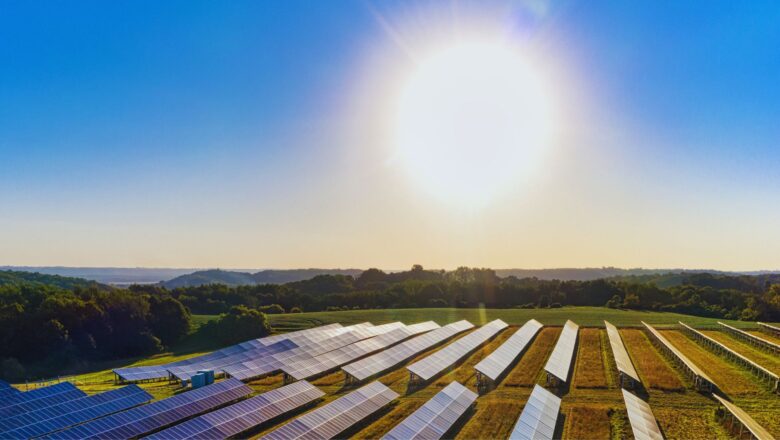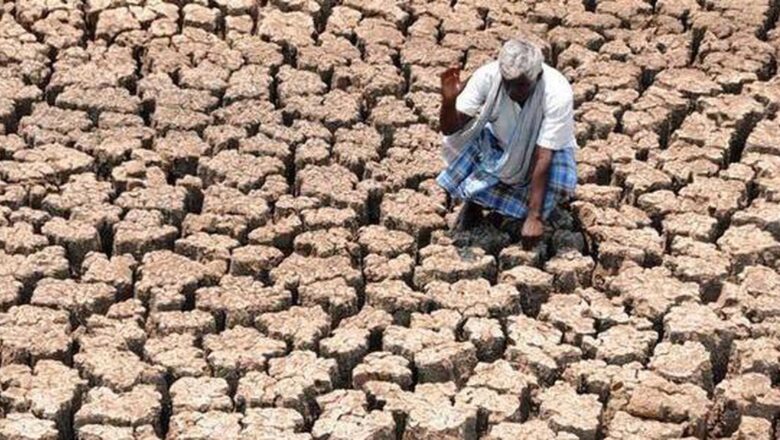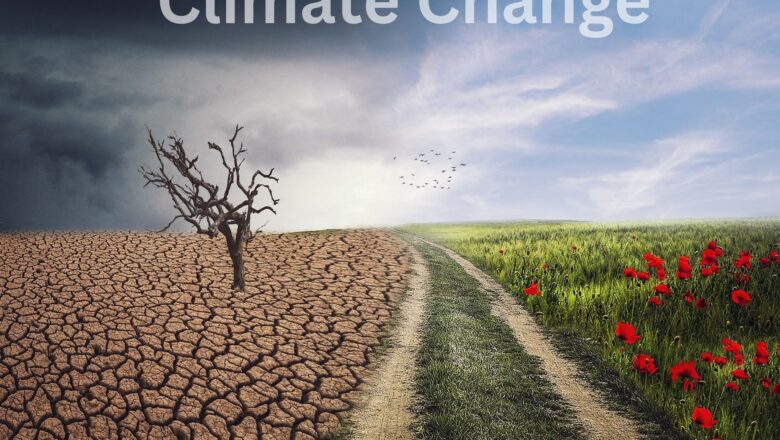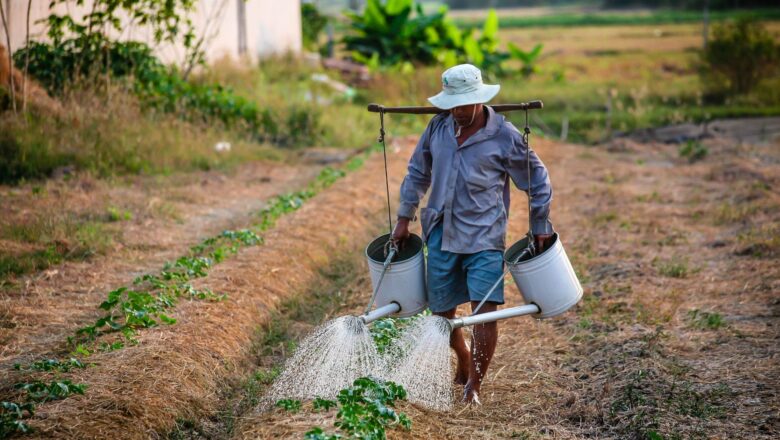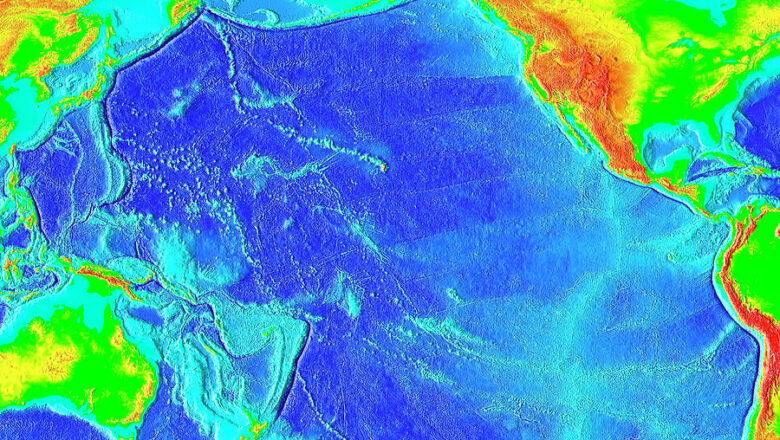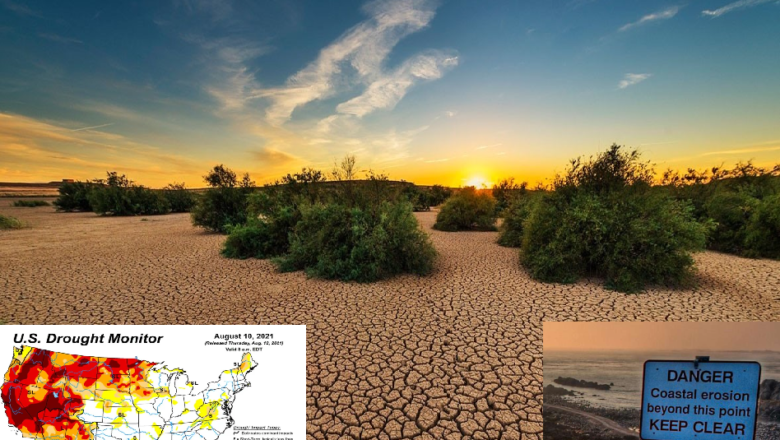
Wealthiest 10% Cause Two-Thirds of Global Warming Since 1990: Study Links Climate Crisis to Income Inequality
Global warming refers to the long-term rise in Earth's average surface temperature due to increased concentrations of greenhouse gases like carbon dioxide (CO₂), methane (CH₄), and nitrous oxide (N₂O) in the atmosphere. These gases trap heat, mainly released from burning fossil fuels such as coal, oil, and gas, along with emissions from deforestation, industrial processes, and high-consumption lifestyles.
A new study published in Nature Climate Change sheds light on who is most responsible for this climate disruption and the answer points directly to the world’s wealthiest individuals.
According to researchers the richest 10% of people globally are responsible for nearly two-thirds of global warming since 1990, with the top 1% alone causing 26 times more heatwave-related climate extr...

